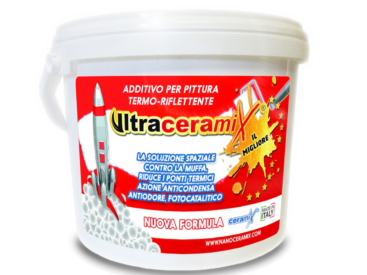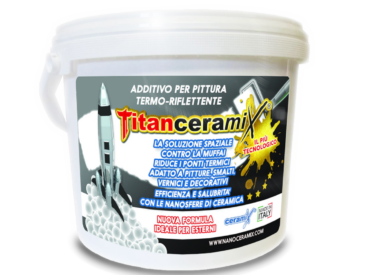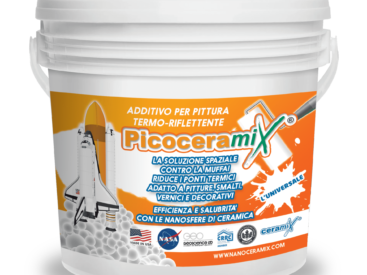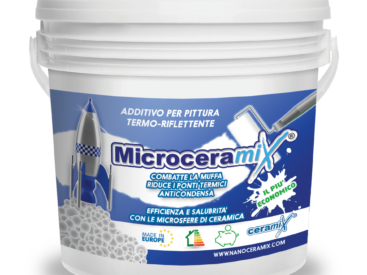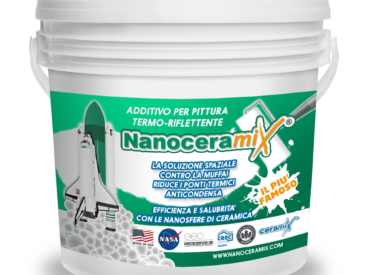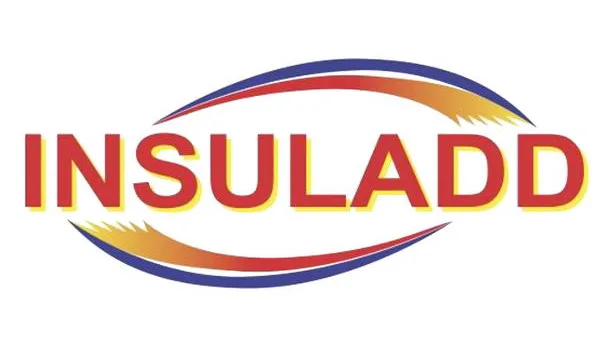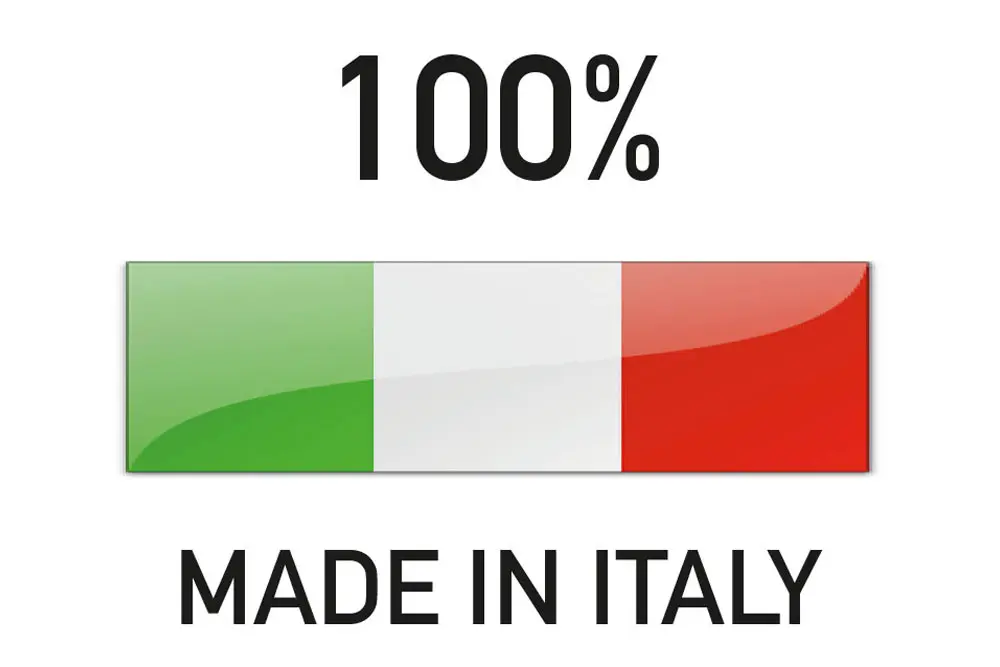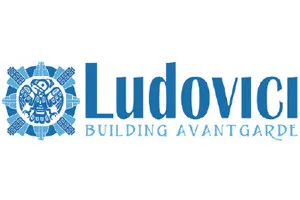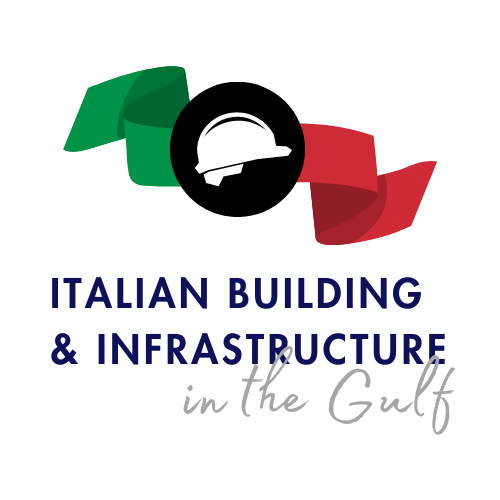Surface Preparation
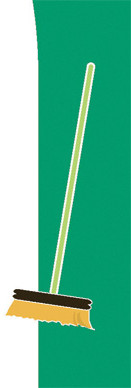 The entire surface to be painted must be clean, dry, free from any form of dirt or grease, oily substances, wax, mold and any other form of contaminants.
The entire surface to be painted must be clean, dry, free from any form of dirt or grease, oily substances, wax, mold and any other form of contaminants.
Mouldy surfaces must be well brushed with medium-hardness bristles and a solution of two cups of trisodium phosphate (common detergent powder is also suitable), mixed with one litre of chemical reagent (bleach) and three litres of hot water. Apply the solution to the surface and leave for about 10-20 minutes, rinse thoroughly with clean water and dry for 24-48 hours, until the substrate is completely dried at room temperature.
Remove by hand any residue, flake, plaster, or hair from the previous paint scraping, smoothing, using metal or electric brushes. Walls showing residue from previous paints shall be completely cleaned to a substrate more suitable for application. Gently smooth all edges (edges, edges) of raw paint of adjacent surfaces and remove those particularly shiny bringing them back to the initial level.
Follow the instructions of the manufacturer of the paint to which Nanoceramix has been added, regarding the application layers and further procedures for preventive cleaning of the surface.
Nanoceramix makes any thermal insulating paint, but does not alter all physical and chemical properties of the same. The dilution, the coverage, the drying speed and the application and safety standards of a paint with Nanoceramix are the same as this without Nanoceramix.
Dosage
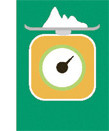
The contents of the 0,5 kg can must be gradually mixed into 5 litres of paint; the contents of the 1,5 kg can must be mixed into a 15 litres bucket of paint. The large format, from 7,5 kg, is the dosage indicated for 5 buckets of 15 liters of paint.
Generally the ideal dose is 100 grams of additive per liter of undiluted paint. In house of paints with high dilution (>30-40%) there is a tolerance on the amount of additive up to 20%, then you can get to 120 g per liter of paint before dilution.
How to mix
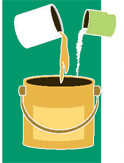 It is recommended to use a container of adequate size, as the paint increases in volume by about a quarter of the volume originate. Then, transfer the paint into a larger container and then gradually add Nanoceramix, careful that it does not thicken into lumps.
It is recommended to use a container of adequate size, as the paint increases in volume by about a quarter of the volume originate. Then, transfer the paint into a larger container and then gradually add Nanoceramix, careful that it does not thicken into lumps.
Mix vigorously and carefully before starting (we recommend the use of an electric mixer).
If the paint has been unused for more than half an hour, stir carefully for a minute or two before application.
Application

Nanoceramix is an excellent insulating barrier, applying more than two states means only marginally increasing the insulating capacity.
Sometimes, in special cases, especially on internal walls with easy formation of mold can insist with one or two additional layers of ceramic paint, or, better, use Insuladd Thermal Block Primer as preparation primer before applying the two layers of nanoceramized paint. Nanoceramix counteracts the formation of condensation!
It is possible to paint a second time over the two layers of paint with Nanoceramix, without losing the effect of thermoreflection. In case of more than two coats of paint over the thermoreflective layer Nanoceramix should be applied again.
Painting with a brush
 We recommend the use of a brush in natural bristles, which are better suited to painting with Nanoceramix than nylon bristles.
We recommend the use of a brush in natural bristles, which are better suited to painting with Nanoceramix than nylon bristles.
Roller painting
 Roll out the paint with cross movements. Using a 1/2 or 3/4 roller you get a very homogeneous surface.
Roll out the paint with cross movements. Using a 1/2 or 3/4 roller you get a very homogeneous surface.
Painting Machine
 Use a wide diffuser sprayer to apply a larger and more uniform amount of ceramic paint (preferably the use of a spray unit with a minimum of 2000 psi pressure).
Use a wide diffuser sprayer to apply a larger and more uniform amount of ceramic paint (preferably the use of a spray unit with a minimum of 2000 psi pressure).
If necessary, further dilute the paint up to 10% more to have greater fluidity in the vaporization.
Nanoceramix is a powder, so you need to remove all filters from the sprayer before you begin.
Characteristics of surface finish
 Nanoceramix leaves a slight patina on the wall, invisible, sometimes perceptible to the touch, which in many cases covers the numerous imperfections of the surface, such as dents, holes, scratches, etc.
Nanoceramix leaves a slight patina on the wall, invisible, sometimes perceptible to the touch, which in many cases covers the numerous imperfections of the surface, such as dents, holes, scratches, etc.
Using a common brush, in rare cases this patina could emerge giving the painting a slight aesthetic “relief”, visible at a very close distance or backlight.
Effects on the color finish
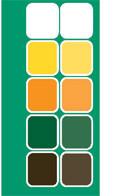 When you use Nanoceramix with colors like white, yellow or pastel colors you will not notice changes in the colors of the paintings.
When you use Nanoceramix with colors like white, yellow or pastel colors you will not notice changes in the colors of the paintings.
When adding Nanaoceramix to strong and dark colors it could in some cases lighten the color of a shade.
The colour can be optimized simply by choosing a slightly darker shade, or by applying the final layer of paint without Nanoceramix (see paragraph “Important recommendations for finishing”).
It is recommended to ask the seller for a test with a limited amount of paint so as to achieve the preferred shade.
These effects of color variation are rare and occur only with strong and particularly dark tones.
Important recommendations for finishing layer
 In case the surface of the finish, the patina of nanospheres and this is undesirable, or Nanoceramix irremediably interferes with the coloring of the paint, you can proceed in 3 ways:
In case the surface of the finish, the patina of nanospheres and this is undesirable, or Nanoceramix irremediably interferes with the coloring of the paint, you can proceed in 3 ways:
1) You can add Nanoceramix to the background of the paint and thus give a first layer of nanoceramized paint; then add Nanoceramix to the actual paint and give a second layer of ceramic paint; the next layer of paint will be given without Nanoceramix so as to obtain a smooth finish even using the brush;
2) alternatively apply 3 layers of paint, without Nanoceramix in the third;
3) the ideal solution is to use Insuladd Thermal Block Primer as a preparation primer for interiors (one layer) and Insuladd RBC as a preparation primer for exteriors (one layer), then pass a layer of paint with Nanoceramix and finally a layer of this without Nanoceramix.
Insuladd Thermal Block Pruner and RBC used as a primer amplify the thermoreflection characteristics of the paint with Nanoceramix and the anti-condensation action.
Nanoceramix’s heat-reflecting insulation barrier works even if one or two layers of normal paint are applied on top of it.
It is reiterated that the patina effect in relief or the variation of color rarely and only with special paints and finishes.
These recommendations are also valid for some satin, glossy or semi-glossy paints, because in rare cases the use of Nanoceramix could counteract the effect of normal gloss of the paint.
Walls adjacent to heat sources
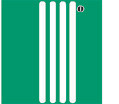 We recommend the application of one or two additional layers of Nanoceramix on portions of internal walls very close to heat sources (rear stoves, radiators, …), so as to maximize the effect and limit the thermal bridge to the outside.
We recommend the application of one or two additional layers of Nanoceramix on portions of internal walls very close to heat sources (rear stoves, radiators, …), so as to maximize the effect and limit the thermal bridge to the outside.
Add Nanoceramix to the plaster
 Nanoceramix can be added to buckets of liquid putty or plaster following the same proportions used for paints. So, for a 15-litre bucket of ready-to-use premixed plaster, use a 1 kg jar of Nanoceramix.
Nanoceramix can be added to buckets of liquid putty or plaster following the same proportions used for paints. So, for a 15-litre bucket of ready-to-use premixed plaster, use a 1 kg jar of Nanoceramix.
Gradually add and stir vigorously avoid thickening.
To mix it is advisable to use a larger container and an electric mixer. If necessary add water to reach the desired consistency.
Safety Standards
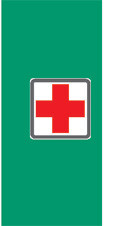 Nanoceramix is environmentally friendly, it is a compound of inorganic ceramic nanospheres that are not toxic if ingested. The inhalation of large quantities of this product in the powdered state, could cause irritation to the respiratory tract, so it would be advisable to use a mask when working in contact with the product, especially when mixing with the paint. If eye irritation occurs, rinse with plenty of water; if the problem persists consult a doctor.
Nanoceramix is environmentally friendly, it is a compound of inorganic ceramic nanospheres that are not toxic if ingested. The inhalation of large quantities of this product in the powdered state, could cause irritation to the respiratory tract, so it would be advisable to use a mask when working in contact with the product, especially when mixing with the paint. If eye irritation occurs, rinse with plenty of water; if the problem persists consult a doctor.
Nanoceramix is completely safe for humans and animals, both in the mixing phase with painting and application on interior and exterior.
It is recommended to always paint with adequate ventilation and with temperatures below 5% C and below 35% C.
Do not leave Nanoceramix within reach of children.
Covering Values
 Nanoceramix 0.5 Kg per 5-litre can of paint: 18-25 sqm (2 layers)
Nanoceramix 0.5 Kg per 5-litre can of paint: 18-25 sqm (2 layers)
Nanoceramix 1,5 Kg per 15 liter bucket of paint: 55-65 sqm (2 layers)
Nanoceramix 7,5 Kg for 5 buckets of 15 liters of paint: 250-300 sqm (2 layers)
Insuladd Thermal Block Primer 3.8 liters: 20-25 sqm (1 layer)
Insuladd Thermal Block Primer 19 liters: 100-130 sqm (1 layer)
Insuladd R.B.C. 3.8 liters: 30-35 sqm (1 layer)
Insuladd R.B.C. 19 liters: 140-160 sqm (1 layer)
Insuladd Energy Coat 19 liters: 55-65 sqm (2 layers)




